
Published:
Readtime: 9 min
The Lowdown:
Prohibition Liquor Bust in 1925 | Image: Tes Teach/The History Collection
Every product is carefully selected by our editors and experts. If you buy from a link, we may earn a commission. Learn more. For more information on how we test products, click here.
While there’s a potential that rye is a new whiskey category for you, the style has actually been distilled for centuries. With its beginnings in Ireland and Scotland, it was distilled first distilled as a cure for ailments as opposed to leisurely enjoyment. It was extremely popular in the American colonies and continued to be widely consumed through the early 1900s when American Prohibition ended its rise.
“Prohibition almost ended rye whiskey,” says Bodie Howell, events & brand activations coordinator at The Gospel Distillers in Brunswick, Victoria. “A lot of rye distilleries shut down, they sold their warehouses and their stills for scrap metal. By the end of prohibition, there were a number of factors that impacted the return of rye distilleries.”
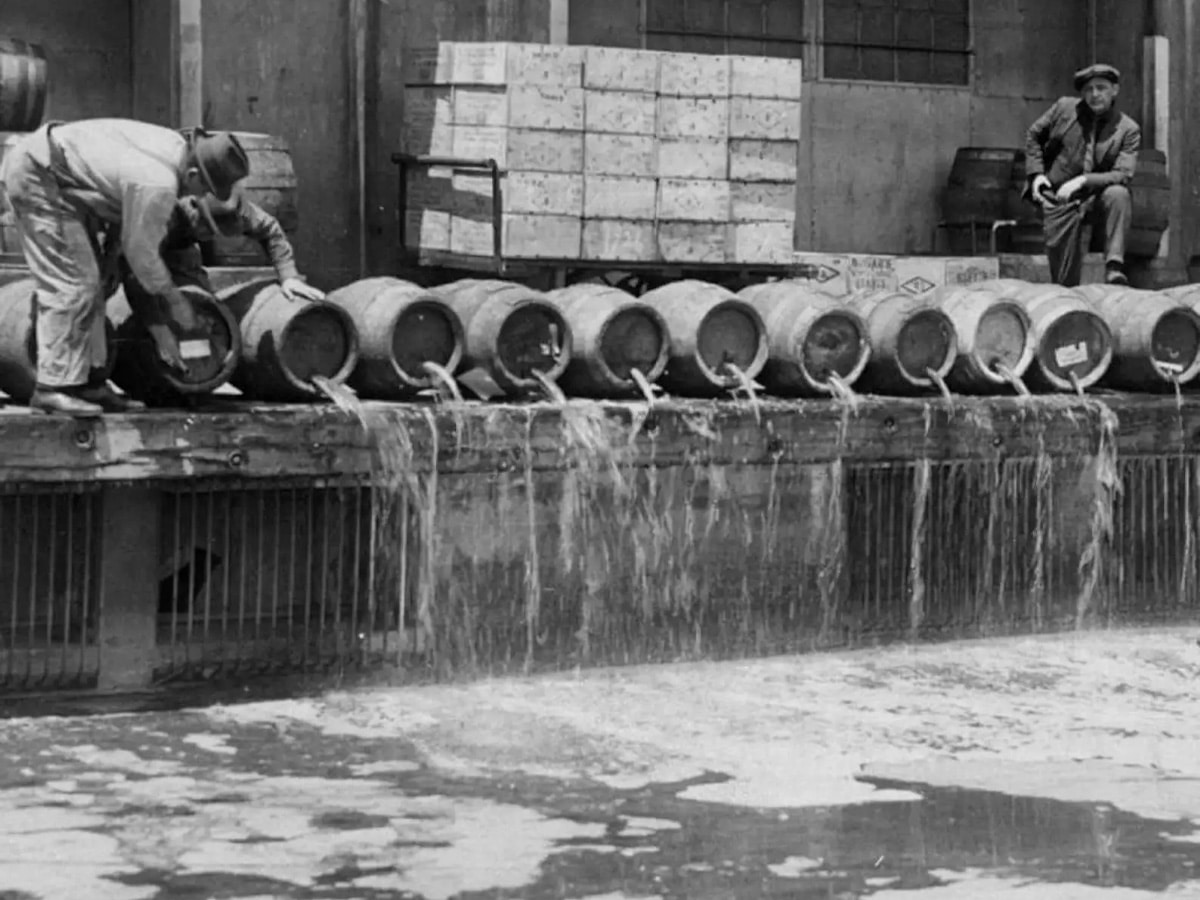
After Prohibition was officially repealed in 1933, bourbon has overtaken bourbon as the drink of choice in the US. To add to that, drinkers were also beginning to embrace Scotch whisky.
“Because rye was significantly more expensive to make than bourbon, distilleries struggled to reopen without significant investment,” says Howell. “Rye’s image also dramatically declined in the eyes of American consumers after the prohibition, and somehow rye went from being the premium whiskey option to something people thought was favoured by drunks and gangsters.”
In the last few decades that image has begun to change, thanks in large part to the cocktail revolution in the US. Bartenders from Bakersfield to Bangor have embraced the complex, peppery, spicy whiskey.
“Without cocktail drinkers and bartenders who have a love of classic cocktails, rye would have ended up a footnote in American distilling history,” says Howell. “Rye whiskey production has grown significantly across America over the last 15 years, somewhere between 1,000%-1,500% and that trend is making its way over to Australia.”
Howell is excited by the rise of rye whiskey in Australia. This is because the climate of Australia is well suited for growing rye. “The grain grows well in the dry and harsh climates of Australia.”
While rye whiskey makes up a very small amount of whiskey made in Australia, the category is growing.
“Recent international award wins, such as The Gospel Straight Rye Whiskey being the highest-rated Australian whiskey and second-highest rated rye in the world at the 2023 IWSC and Archie Rose being the World’s Best Rye Malt Whisky at the World Whiskies Awards a few years ago, has shone a spotlight on the growing category,” adds Howell.
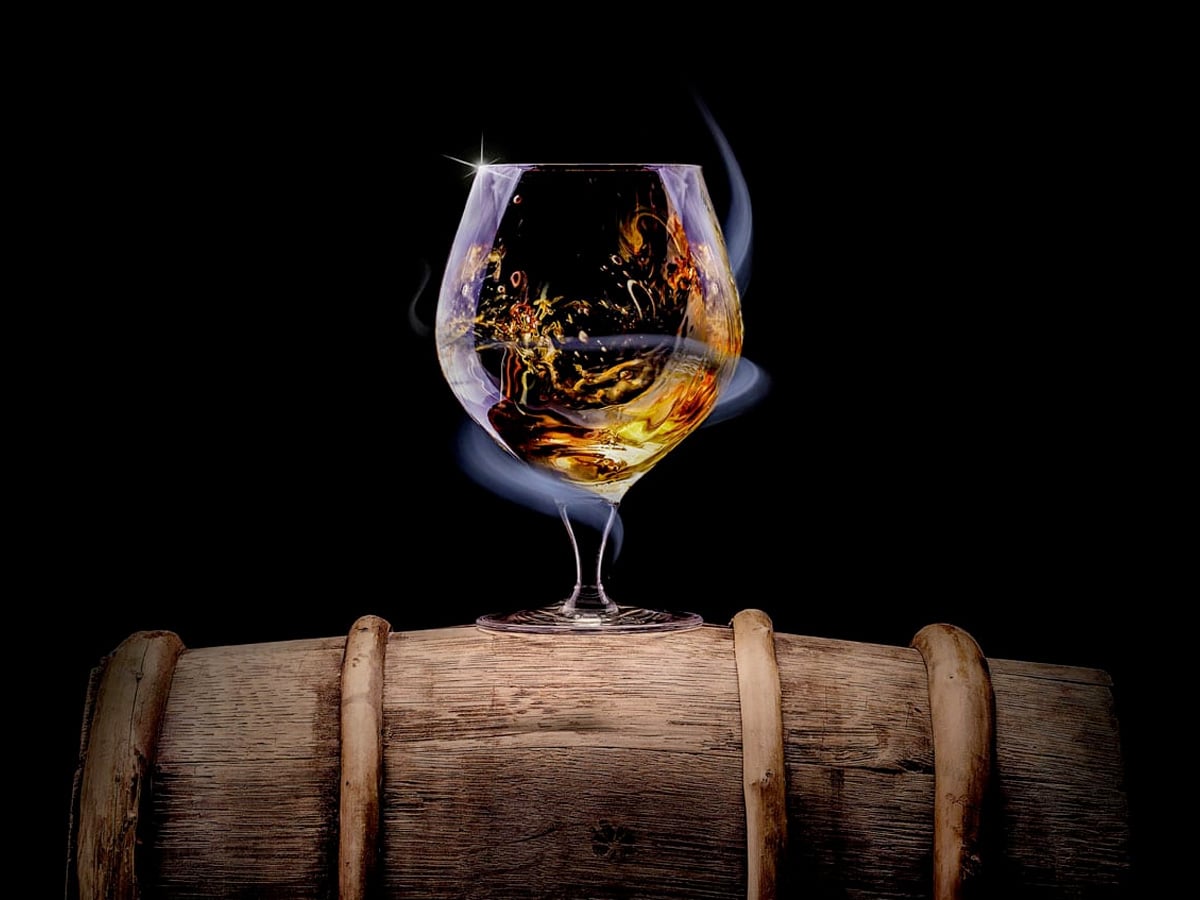
What is Rye Whiskey?
If you’re new to rye whiskey, the simplest way to understand it is to compare it to bourbon or wheat whisky. If you didn’t know it already, (among many other rules and regulations) in order to be referred to as a bourbon the mash bill must be made up of at least 51 per cent corn. To be considered a wheat whiskey, it must be at least 51 per cent wheat. We assume you can see where this is headed. To be considered a rye whiskey, the mash bill must be at least (you guessed it) 51 per cent rye. So, rye whiskey is exactly what the name would have you believe. It’s a whiskey where the primary grain included is rye.
What is Rye Whiskey Made Of?
As we mentioned briefly earlier, in order to be referred to as a “rye whisk(e)y” it must be made with a mash bill of at least 51 per cent rye. The rest of the mash bill can be made up of barley, corn, wheat, or other grains. The percentage of rye (and other grains) changes between distillers with many opting for a much higher rye percentage.
Rye Whiskey vs Bourbon
Bourbon and rye whiskey are quite different. Both in terms of their ingredients as well as the rules and regulations involved in producing them. At the basic level, bourbon must have a mash bill of at least 51 per cent corn (usually a lot higher) and rye whiskey must have a mash bill of at least 51 per cent rye. And while many of the other rules are similar, the major difference is geography-based. Bourbon can only be made in the US (but not just in Kentucky) while rye whiskey can be made anywhere. Just north of the US, Canada is well-known for its rye whiskey production.
Rye Whiskey Standards
The main rule is that rye whiskey must contain a mash bill of at least 51 per cent rye. On top of that, distillers (and bottlers) must not add any flavourings or colouring to the finished product. It also must be aged in new, charred oak barrels. While there is no specific aging requirement (at least in the US). In order to be referred to as a straight rye, it must spend at least years maturing. And while these are the American rules, it’s safe to assume Australian distillers are maintaining this standard.
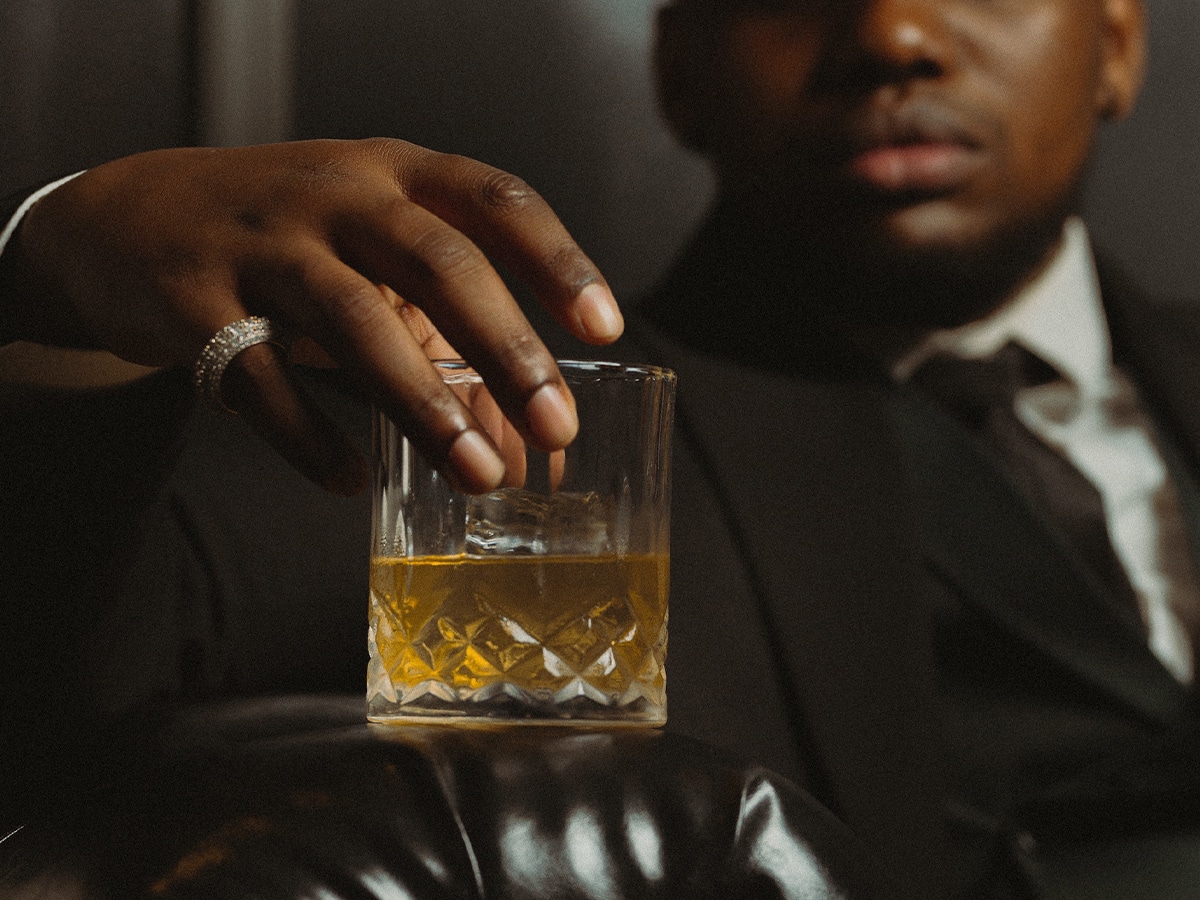
What Does Rye Whiskey Taste Like?
Howell compares the flavour of rye to a whiskey that lands somewhere between Scotch whisky and bourbon.
“It’s not as sweet as bourbon, not as savoury as scotch, and has dryness and spice that comes from the grain itself,” he says. “Bourbon and American-style corn whiskeys are made with a base of corn, a sweeter grain, and traditionally aged in new American oak barrels, a sweeter style of barrel.”
He adds, “Scotch and other single-malt whiskies are made with a base of malted barley, a drier grain, and traditionally aged in second-fill barrels, ex-bourbon or ex-wine for example, which are drier due to some of the flavours already being imparted into what they held before.”
Rye and barley are similar in terms of accessible sugars. On top of that, rye whiskey is often aged in new, charred oak barrels (just like bourbon).
“Rye is also a very grain-forward style of whiskey and the rye character – think of rye bread compared to white bread, with rye bread, you get dense, dark, dry, aromatic characters coming through with a certain dryness and spice.” He adds, “With rye whiskey, you have a conversation between those drier, spicier grain characters and the sweeter, smoother characters of new American oak.”
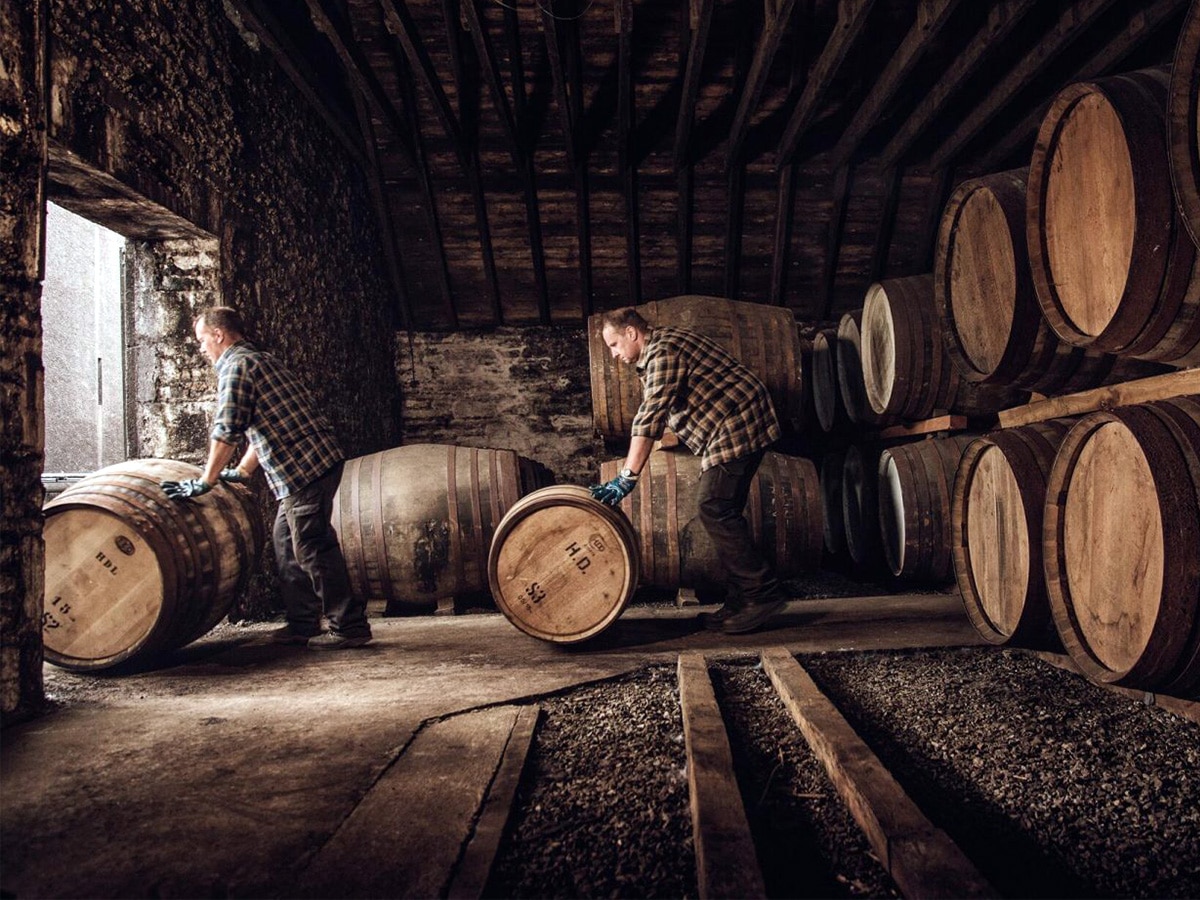
Rye Whiskey Origins
“Rye whiskey has a long and storied history,” says Howell. “Whiskey was originally created by monks in Ireland and Scotland, who discovered distilling techniques on their travels and brought those concepts back to Ireland and Scotland.”
While originally distilled solely for medicinal use, the spicy spirit quickly gained in popularity as a recreational beverage.
Growth in America
“The history of whiskey follows the movement of Irish and Scottish settlers around the world, and rye whiskey first came into existence when Irish and Scottish settlers first arrived in America, especially in the Northeast of the country around Pennsylvania and Maryland,” he says.
While barley was the main grain grown in the area due to the sometimes harsh weather conditions, rye also flourished there.
“In the 1700s, the English put a significant number of constraints on the colonies of America which restricted trade with other countries, and rum, the most popular spirit at the time, became a lot harder to access.”
Rye whiskey became widely popular in the colonies in the late 1700s and by the early 1800s, there were three times more rye whiskey distilled than bourbon and other corn-based whiskeys.
“Even George Washington started his own rye distillery after his time as the first American president,” says Howell.
The Decline of Rye Whiskey
You would assume that the popularity would continue, and it would have remained as the most popular whiskey in America, but that’s just not the case. Like with all spirits, rye whiskey’s production was severely impacted by Prohibition.
“In the years after prohibition, the American government subsidised corn production, and corn-based whiskeys, which are significantly easier to make than rye-based whiskeys, grew in production and popularity while rye fell out of favour,” says Howell.
And that’s how things were for almost 100 years as rye whiskey was still produced but didn’t come close to the popularity it once did. It’s only returned to prominence in the last few decades.
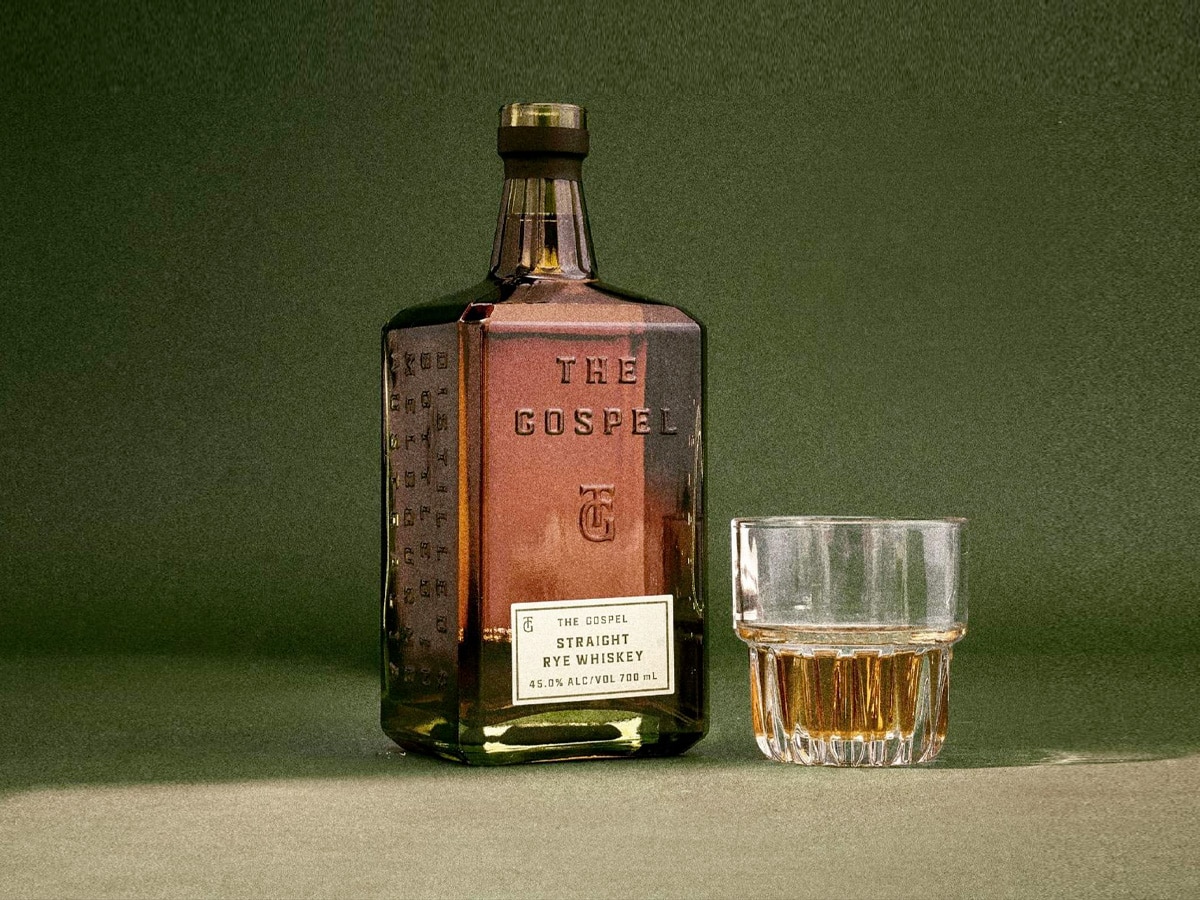
The Second Coming of Rye (Rye Industry Currently)
“It has only been in the last 20-30 years, as the latest cocktail renaissance reintroduced a love of properly made classic cocktails, that rye has once again grown in popularity,” says Howell. “As the main American spirit pre-prohibition, it was used in classic drinks such as the Old Fashioned, Manhattan, and Sazerac, and the rising popularity of these iconic drinks has seen an increased demand for rye whiskey as their base.”
In the contemporary distilling scene, particularly in the US, rye whiskey is a rapidly growing segment of the industry.
“Rye whiskey is in the middle of a significant resurgence in America,” says Howell. You can thank the enthusiasm for classic cocktails because many of the earliest whiskey-based cocktail recipes were made with rye whiskey as opposed to bourbon.
“With the movement towards classic cocktails and craft spirits, rye is once again at the forefront of American distilling and producers around the world are starting to make this historic whiskey with modern twists.” He adds, “There are new styles of rye, like Empire Rye in New York State, that showcase new standards and styles of rye production. There is also a growing interest in rye grain varieties and showcasing specific flavours that come from certain grains and certain growing climates. The space is continuing to evolve and there is a lot to be excited about in the industry.”
How to Drink Rye Whiskey
If you find yourself with a bottle of well-made, nuanced rye whiskey, you should treat it the same way you’d treat a bottle of bourbon, single malt Scotch, or any Australian whisky. You can mix with it as it’s the original base for some of the most traditional cocktails ever made including the Old Fashioned. You can also sip it neat or on the rocks and enjoy its mix of peppery spice, woody oak, caramel, and other sweet flavours.


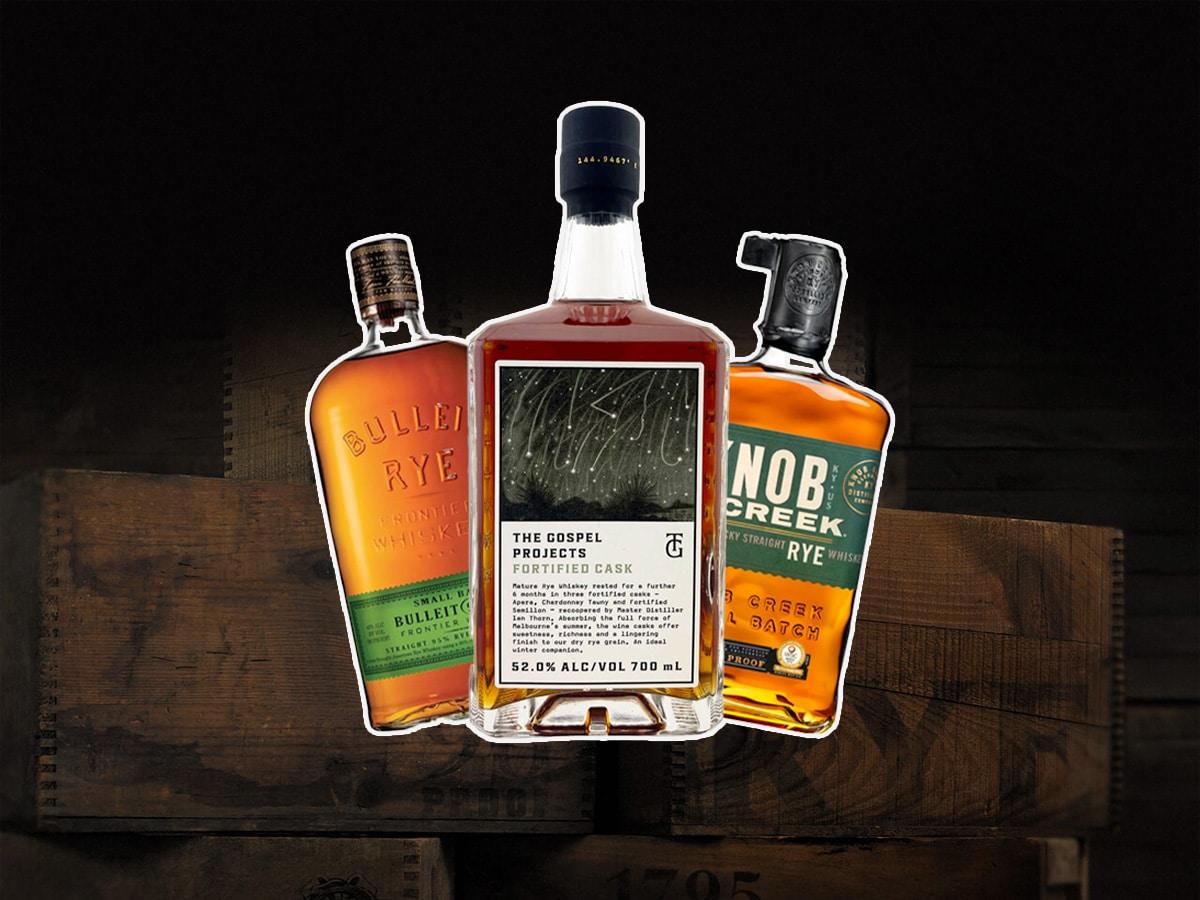









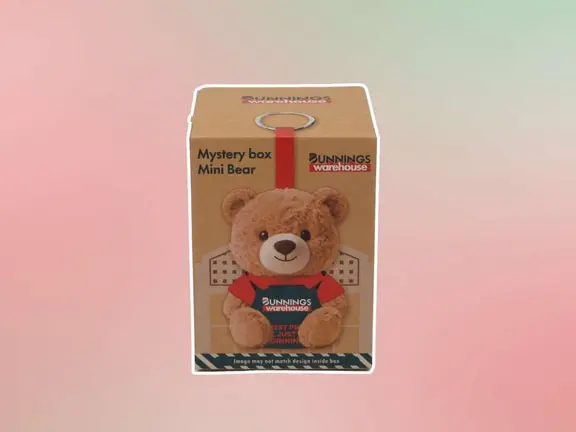





















Comments
We love hearing from you. or to leave a comment.